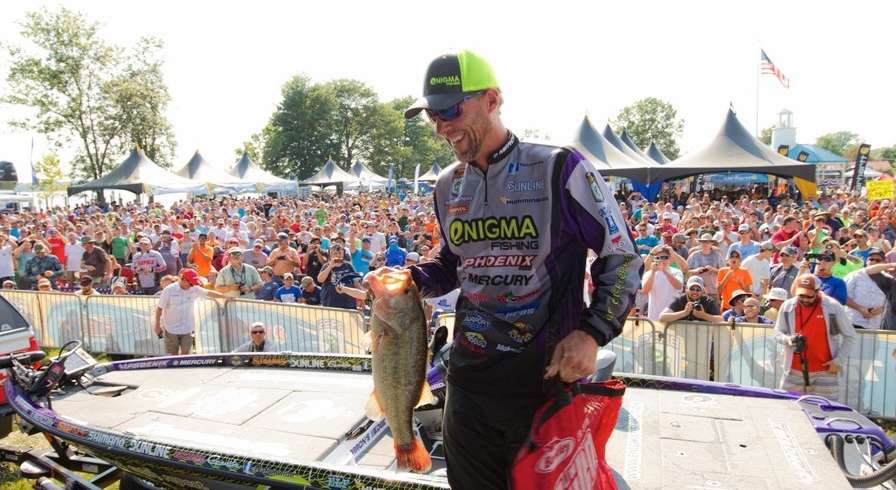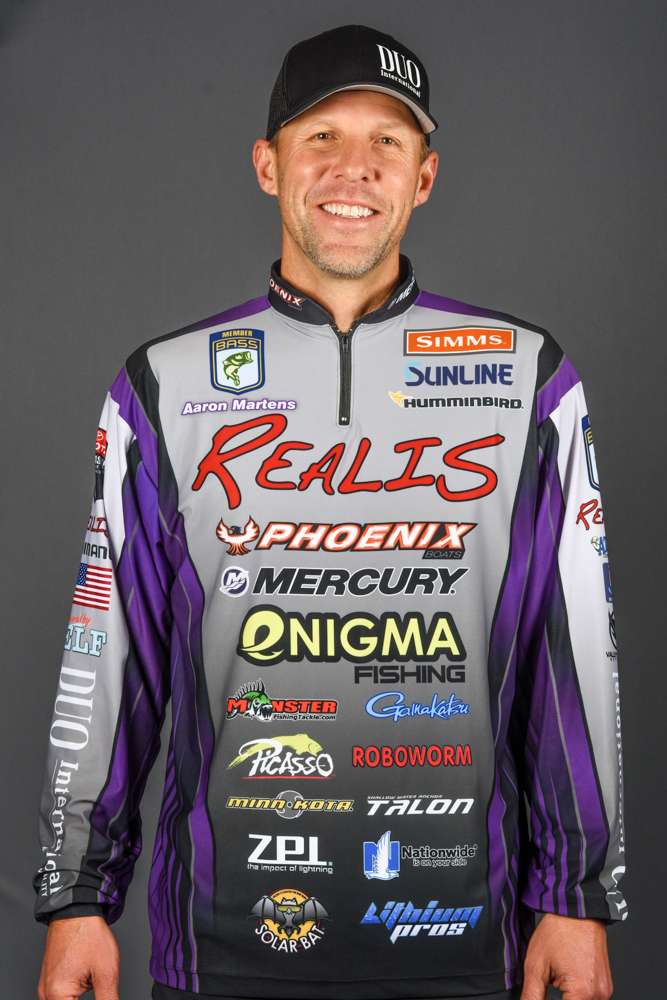
There’s nothing like catching a big bass; it’s a rush, it’s exciting, it’s the most fun you can have in the sport, and it’s a feeling that I’ve been chasing since I was a kid. And as a guy who catches my fair share of big fish, I can tell you there’s nothing like watching someone else catching one right in front of you. But one of the sad truths about bass fishing is that some fish get sick or even die once they’ve been caught. It happens for all kinds of reasons, but I want to specifically address the fish that are being put in the livewell for a tournament — especially in summer.
Taking care of your livewell is so important. It gives those bass a chance to survive and thrive after weigh-in. Over the years, I’ve learned a few ways to help keep the livewell working well so more and more people can keep catching the big, healthy bass that make fishing fun.
One of the most important things any angler can do is to clean your livewell every time you use it. It’s not hard, and it makes a big difference in keeping fish healthy and as stress-free as possible. To clean mine, I take a little minnow net — like the kind you can get at the pet store for catching goldfish — and I kind of sweep the inside of my livewell. By the time I’m done, that little goldfish net is almost halfway full of stuff like scales and debris that the fish either spit up or poop out. (It happens.) Crawdad pieces and little rocks they suck up when they try to eat — that kind of stuff all goes right into the strainer on your livewell and does a really good job of clogging it up. I really think this alone can help improve your livewell’s water quality by up to 90 percent.
Speaking of livewells, it’s also super important to make sure the fresh water coming into your livewell is dropping in from above the waterline. A lot of boats have pumps that push water in below the water line, but I like to go back there and re-plumb it so that it gives your fish a little waterfall; I’m serious. A waterfall can help agitate the surface and aerate very efficiently. A capable person can do the plumbing on their own, but if you’re nervous about it, take it to a boat dealer.
Once your livewell is all clean and set up right, there are still some things you have to do to help keep those tournament fish alive and well. Try to be aware of the water temperature that you’re pulling fish out of. If you’re pulling them up from 10 or 15 feet of water or more and you put them in water that your well is pumping from the surface, it could be 10-plus degrees warmer than the climate they just came from. This is a big issue especially going into the summer when the water temps are climbing and bass are in their weakest state postspawn. For years, I’ve grabbed a few bags of ice at the marina to cool the water down in the well in those conditions.
It also helps me to keep an eye on my livewell pumps. Depending on water temps, I run it a little differently. If the water is over 75 degrees, I usually run the re-circulate on manual while keeping the freshwater pump on auto. If it’s really hot or the fish are in postspawn, I run both pumps on manual. If the water temperature is colder than 75 degrees, the fish are using less oxygen so I’m running both pumps on auto, and if it’s below 65 degrees, I’m only running the freshwater pump on auto. Of course, if you have a monster bag of fish in your livewell, you need to adjust that as they are using more oxygen.
I don’t use them very much, but a lot of the Elite Series guys have had great luck with fish additives like the T-H Marine G-Juice. That stuff seems to help calm the fish down and keep their stress levels low.
Even if you’re not a tournament fisherman — if you’re a weekend warrior just catching bass on your local lakes and rivers, there are some other things you can do to help keep big bass alive after the fun is over:
- Invest in a rubber landing net. It will be a little more expensive, but it’s easier on the fish than a regular nylon one. We aren’t allowed to use nets in tournaments — and I think that helps protect the fish — but if you need one, rubber is the way to go.
- When you land a fish, try to keep it off the carpet. A lot of fish get sick and die because of carpet contact. It removes a protective layer of slime they have on their scales, and they can get infections and parasites when that’s gone. I think carpet contact should be a penalty in every tournament because of that, and it’s something you can practice on your own that’s free.
- Finally, you can upgrade your hooks to have less of an impact on the fish. I’m really picky with hooks, and my Gamakatsu hooks have a smaller barb that makes a nice, clean hole. They don’t make a big rip in the fish’s jaw, and that’s a big deal when you put them back in the wild.
The bottom line is this: Fish care is super important. I’m always learning new things, but these tricks have been battle-tested and I know they work. I never have fish issues anymore because of my livewell. If I do have a fish issue, it’s usually because of where the fish was hooked. It’s hard to help what happens under the water in their world, but we can all pitch in to help these fish once they’re above the surface in our world.

